The idea of an infinite number of worlds - each containing all the possibilities presented in our own world - might initially seem bizarre. Certainly David K. Lewis had a hard time convincing his fellow philosophers of his theory. But its application to theories of possibility - and its undeniable similarity to how we already think about time - means that we must make sense of its extraordinary claims, writes Daniel Nolan.
David Lewis (1941-2001) was an influential American philosopher of the second half of the twentieth century. His biggest impact in philosophy has been in the field of metaphysics.
One of his views, above all else, struck many of his fellow philosophers as fantastic and hard to believe. Lewis held that, as well as our concrete universe, there also existed infinitely many variations, cut off from our "world" each in their own space and time. These "possible worlds" were not just variants with our fundamental laws of nature but different parameters, they included every way of reassembling the kinds of objects and properties found in our world, plus endless kinds objects and properties not even dreamt of by our physicists.
Each ordinary object is found in only one such possible world, but similar worlds are filled with similar objects. Other worlds thus contain "counterparts" of each one of us, living out their lives in parallel spacetimes. What happens to those counterparts are all the things that are possible for us: since I could have had an older sister (but do not), I have a counterpart with an older sister. Since I could have lived in a castle of gold casting magical spells (in a very generous sense of "could have"), I have a counterpart in another universe living on a golden mountain casting magical spells.
Lewis convinced relatively few other philosophers, but some took his theory very seriously. Lewis's postulation of "concrete" possible worlds, a theory known as "modal realism", provided a clear and straightforward account of how we talk about possibilities and provided an easily understandable background for a number of important applications.
Our ordinary talk seems engaged in talking about merely possible outcomes as well as about actual ones. For example, when we are choosing between actions, the actions that are not eventually performed are in our set of options alongside the ones we eventually choose. Thinking about the possible circumstances captured or excluded by a sentence or belief is fruitful in everyday life and in philosophising. And possible worlds have been fruitful for modelling all sorts of relationships in the theory of knowledge, in ethics, and in the rest of metaphysics.
Possible worlds have been fruitful for modelling all sorts of relationships in the theory of knowledge, in ethics, and in the rest of metaphysics.
This is especially true of counterfactual conditional statements. Sometimes we want to use "if... then..." statements about what would have been rather than what is. "If we had not replaced the electrics, there would have been a fire", or "If the printing press had not appeared in Europe, the Reformation would have been delayed." What does it take for one of these claims to be true or false? Lewis suggested that a counterfactual "If A then C" is true if, in all the possible worlds where A is true and most relevantly similar to our actual world, C is true in those worlds as well.












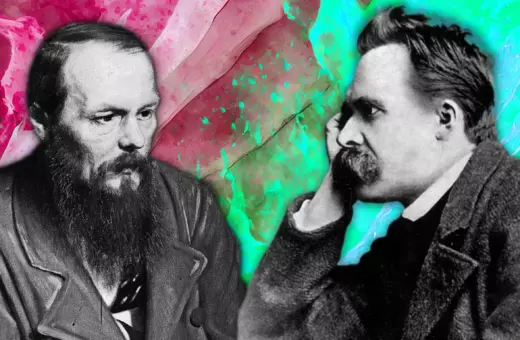
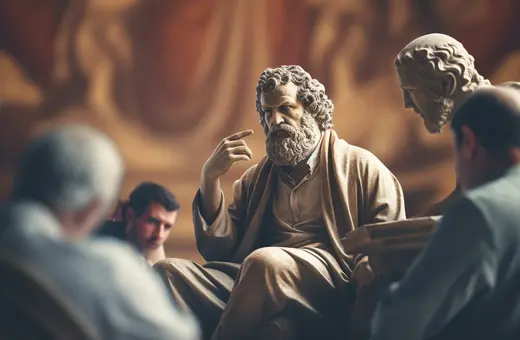
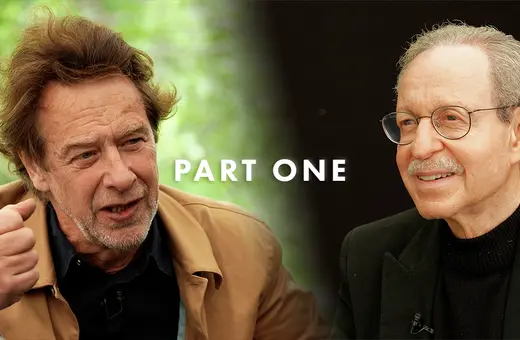
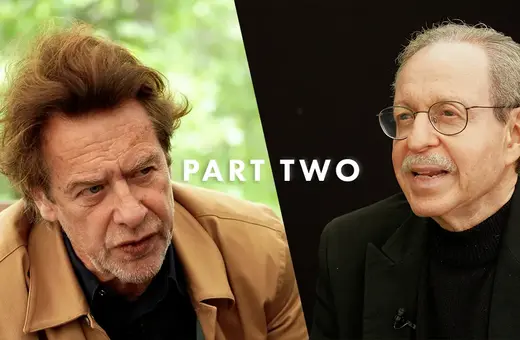
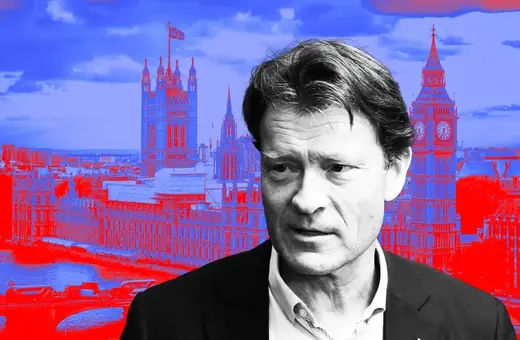
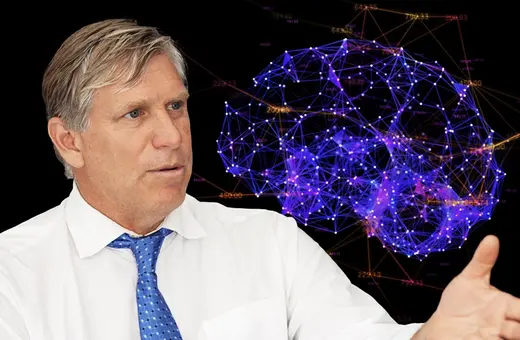

Join the conversation